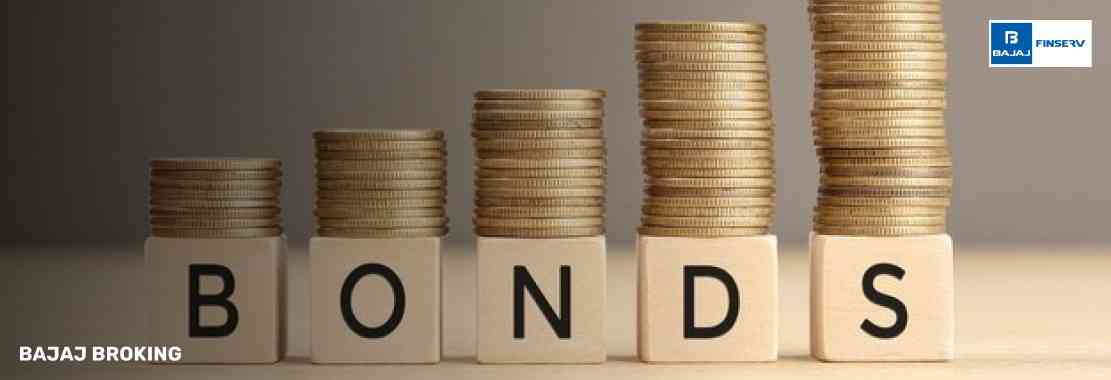Have you ever wondered why some people are willing to pay more than ₹1,000 for a bond that clearly says its face value is ₹1,000? At first glance, it feels odd. But why pay extra when you already know what you will get back at maturity? However, that is the interesting aspect of bonds. Their value is not fixed on paper; it shifts depending on interest rates, the issuer’s reliability, and how long you are willing to wait for repayment.
This whole exercise of working out the “real” worth of a bond today is called bond valuation. It is not only a calculation. It is how investors judge whether they are stepping into a sensible opportunity or paying too much for one. And, to be honest, once you peel back the layers, the logic is not as complex as it first appears.
So let us break it down step by step.
Key Components of Bond Valuation
Face Value
The face value, or par value, is the amount you receive when the bond matures. Think of it as the bond’s final promise. Mostly, this is ₹1,000, though in some cases it could be ₹100. It stays unchanged during the bond’s life and is the base on which interest payments and final repayment are calculated.
Coupon Rate
The coupon rate represents the interest that the bond pays on its face value. For instance, in the case of the bond with a face value of ₹1,000 and a 5% coupon rate, you receive ₹50 a year as interest. Some bonds pay interest annually while others pay semi-annually. This is, basically, your income from the bond while you're in possession of it.
Maturity Date
The maturity date is the point when the issuer pays back the face value. Bonds can be short-term, lasting only months, or extend for decades. This date marks the end of the bond’s journey and the moment you receive your original investment back.
Yield to Maturity (YTM)
Yield to Maturity (YTM) is sort of an overall score of the bonds performance, relative to its entire life. YTM is your total return if you hold it till maturity - we are talking about the purchase price of the bond, considering the coupons collected, and finally the repayment amount. If you see a bond that has a higher YTM, it often looks interesting, but you have to consider the higher risk that probably goes with it.
How is Bond Valuation Performed?
Bond valuation means working out the value today of all the future payments the bond promises. You take the coupon payments and the repayment of the face value, then discount them back to the present using a rate — usually the YTM.
In plain words, you ask: “What is that future money worth in today’s terms?”
Here is the common formula used:
Bond Price = ∑ (Coupon Payment / (1+YTM)^t) + (Face Value / (1+YTM)^T)
Where:
Coupon Payment = the regular interest received
YTM = yield to maturity (discount rate)
t = the period of each payment
T = total periods until maturity
If the market price is higher than the calculated value, the bond may be overpriced. If it is lower, it may be undervalued.
Coupon Bond Valuation
Coupon bonds pay interest at regular intervals. The value of a coupon bond is the present value of the interest stream and the final payment of the face value. Let's look at an example.
Face Value = ₹1,000
Annual coupon rate = 6% (thus ₹60 per year)
Maturity = 5 years
First, we will calculate the present value of the coupon payments as shown below:
PV (Coupons) = ∑ (60 / (1+YTM)^t)
Next, we will calculate the present value of the face value:
PV (Face Value) = 1,000 / (1+YTM)^5
Add them together, and you now have the fair price of the bond.
Zero-Coupon Bond Valuation
Zero-coupon bonds are easier. They pay no interest during their life. Instead, when you buy them, you get them at a discount and redeem them for their full face value at maturity.
The formula is:
Bond Price = Face Value / (1+YTM)^T
So, if you buy a bond today for less than ₹1,000 and it matures in ten years for ₹1,000, you take the difference as your return.
Additional Read: What is Bond Yield?
Factors Affecting Bond Valuation
Interest Rate Changes
Interest rates play a bigger role in the picture. If rates fall, bonds already paying higher interest become more valuable, so their prices go up. If rates rise, new bonds give better returns, making old ones less attractive and lowering their prices.
Credit Rating of Issuer
A bond's value will also depend on the credit worthiness of the issuer. Usually, government bonds or bonds from solid, strong companies are seen as a safer bet for investors and therefore yield lower returns. However, if an issuer has a weak credit rating, then the yield on the bond will need to be high enough to attract investors. Any downgrade in rating, will create similar pressure for the price of the bond to decline.
Time to Maturity
Longer-term bonds react more sharply to changes in interest rates than short-term ones. The longer the bond locks in a fixed rate, the greater the swings in its price when market rates move.
Conclusion
Bond valuation may look like a formula-heavy subject at first, but it really boils down to asking whether a bond is reasonably priced. By paying attention to face value, coupon rate, maturity, and yield to maturity, you can work out its fair worth.
At the same time, outside factors such as interest rate shifts, the issuer’s credit rating, and time to maturity all shape the bond’s market value.
Whether you are dealing with coupon bonds or zero-coupon bonds, knowing how to value them helps you make practical decisions. At its heart, bond valuation is less about memorising formulas and more about aligning your choices with your goals and comfort with risk.




